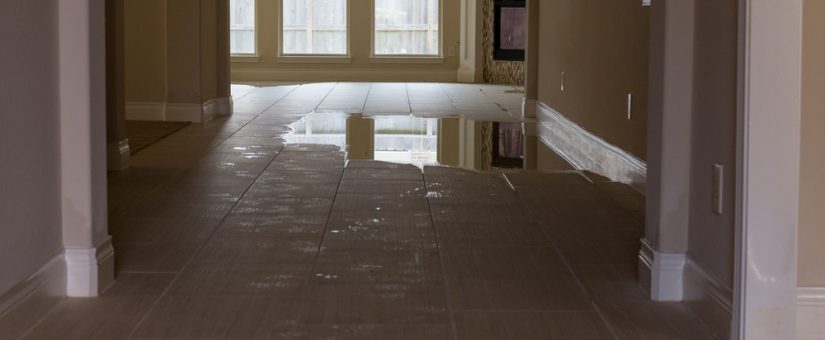Your Home's Most Common Triggers of Leak Problems: In-Depth Analysis
Your Home's Most Common Triggers of Leak Problems: In-Depth Analysis
Blog Article
This great article which follows relating to How Fast Water Damage Can Ruin Your Home is totally remarkable. Have a go and make your own assumptions.

Leaks not only create waste of water yet can additionally create unnecessary damage to your residence and also promote undesirable natural growth. By recognizing as well as looking for day-to-day scenarios that cause leaks, you can secure your residence from future leakages and also unneeded damages.
Encroaching origins
Most water leaks start outside the house rather than inside it. You might observe damp spots or sinkholes in your lawn, as well as that could indicate that tree roots are attacking water lines causing water to seep out.
Rusty water systems
This could be the cause of discoloration or warping on your water pipelines. If our plumbing system is old, consider replacing the pipes considering that they are at a greater threat of deterioration than the more recent designs.
Defective Pipe Joints
The factor at which your pipes connect is frequently the weakest link in the waterline. Pipeline joints can deteriorate in time, leading to water leakages. The majority of pipeline joints are not conveniently visible. If you have noisy pipelines that make ticking or banging noises, specifically when the hot water is activated, your pipe joints are possibly under a great deal of pressure. It is a good idea to have your plumber inspect your system once a year.
Immediate temperature changes.
Severe temperature adjustments in our pipes can cause them to expand and also contract suddenly. This expansion and tightening might trigger fractures in the pipes, especially if the temperature are listed below freezing.
Poor Water Connectors
At times, a leak can be triggered by loosened tubes as well as pipelines that supply your appliances. Most of the time, shifting is what creates the loosened water Connections. You could locate when it comes to a washing maker, a pipe might spring a leak as a result of shaking during the spin cycle. In case of a water connections leakage, you might see water running directly from the supply line or pools around your appliances.
Clogged Drains
Obstructed drains pipes may be frustrating as well as inconveniencing, yet they can often wind up triggering an overflow leading to rupture pipelines. Keep removing any materials that might go down your drains pipes that can clog them to prevent such aggravations.
All the above are reasons for leakages however not all water leaks result from plumbing leaks; some leaks could come from roofing leakages. All leakages need to be fixed instantly to prevent water damages.
Leakages not only create waste of water but can also cause unneeded damages to your house and advertise undesirable natural development. By looking and recognizing for everyday situations that create leaks, you can secure your house from future leakages as well as unnecessary damages. Today, we will certainly look at 6 leakage triggers that may be creating your pipes to drip.
At times, a leak can be caused by loosened pipes as well as pipelines that supply your devices. In situation of a water links leak, you might notice water running straight from the supply line or puddles around your home appliances.
How To Check For Water Leak In Your Home
How To Check for Leaks
The average household's leaks can account for nearly 10,000 gallons of water wasted every year and ten percent of homes have leaks that waste 90 gallons or more per day. Common types of leaks found in the home are worn toilet flappers, dripping faucets, and other leaking valves. These types of leaks are often easy to fix, requiring only a few tools and hardware that can pay for themselves in water savings. Fixing easily corrected household water leaks can save homeowners about 10 percent on their water bills.
To check for leaks in your home, you first need to determine whether you're wasting water and then identify the source of the leak. Here are some tips for finding leaks:
Take a look at your water usage during a colder month, such as January or February. If a family of four exceeds 12,000 gallons per month, there are serious leaks.
Check your water meter before and after a two-hour period when no water is being used. If the meter changes at all, you probably have a leak.
Identify toilet leaks by placing a drop of food coloring in the toilet tank. If any color shows up in the bowl after 10 minutes, you have a leak. (Be sure to flush immediately after the experiment to avoid staining the tank.)
Examine faucet gaskets and pipe fittings for any water on the outside of the pipe to check for surface leaks.
Undetected water leaks can happen without the home or business owner even realizing. If you suspect a water leak, but not able to find the source. It is time to contact a professional water leak detection service, The Leak Doctor.
How To Find a Water Leak In Your Home
https://www.leakdoctor.com/blog/How-To-Check-For-Water-Leak-In-Your-Home_AE197.html
/GettyImages-957479686-f3d2e677f2e749fc98aa207b474c5c1f.jpg)
We were made aware of that editorial on Top Causes of Home Water Leaks through a friend on another domain. Remember to take the time to share this content if you enjoyed it. I treasure reading our article about Top Causes of Home Water Leaks.
Ready to assist! Report this page